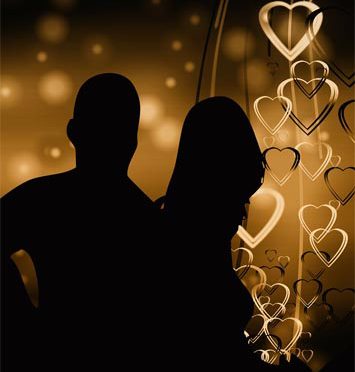 On April 29, as Baltimore was reeling from riots gripping the city, musicians of the Baltimore Symphony Orchestra (BSO) gathered to do what they do best: play music.
On April 29, as Baltimore was reeling from riots gripping the city, musicians of the Baltimore Symphony Orchestra (BSO) gathered to do what they do best: play music.
The idea for a gathering of musicians came to BSO oboist Michael Lisicky of Local 40-543 (Baltimore, MD) while he was sitting in a coffee shop the day after the riots broke out. Everything fell into place in less than 24 hours. “Originally I envisioned some unannounced chamber music outside the hall to whoever was around,” he says. “I didn’t want to call it a ‘performance’ because it wasn’t about us. The city was very damaged, emotionally and physically.”
Lisicky pitched the idea to his fellow musicians and many quickly came on board, agreeing to donate their time. BSO management joined in the effort, arranging logistical details, preparing sheet music, and working on publicity for the impromptu musical offering.
The next day at noon, the BSO musicians played the National Anthem, and Baltimore’s city anthem, Handel’s Music for the Royal Fireworks, Bach’s Orchestral Suite No. 3, and the finale from Beethoven’s Symphony No. 2 conducted by Music Director and Local 802 (New York City) member Marin Alsop, outside of Meyerhoff Symphony Hall. A crowd of 1,000 people joined to listen, including media outlets from around the world.
The music uplifted spirits and demonstrated the power and purpose that a symphony orchestra can provide during times of struggle. “It blossomed into a great thing,” says Lisicky. “Playing Bach and Beethoven was what we could do, and it worked. It showed that we are part of the community, and it showed that we are professionals.”
BSO’s scheduled education concert took place the day after the gathering. While the hall was mostly empty due to safety concerns, the music was streamed live into classrooms under the terms of the Integrated Media Agreement.




